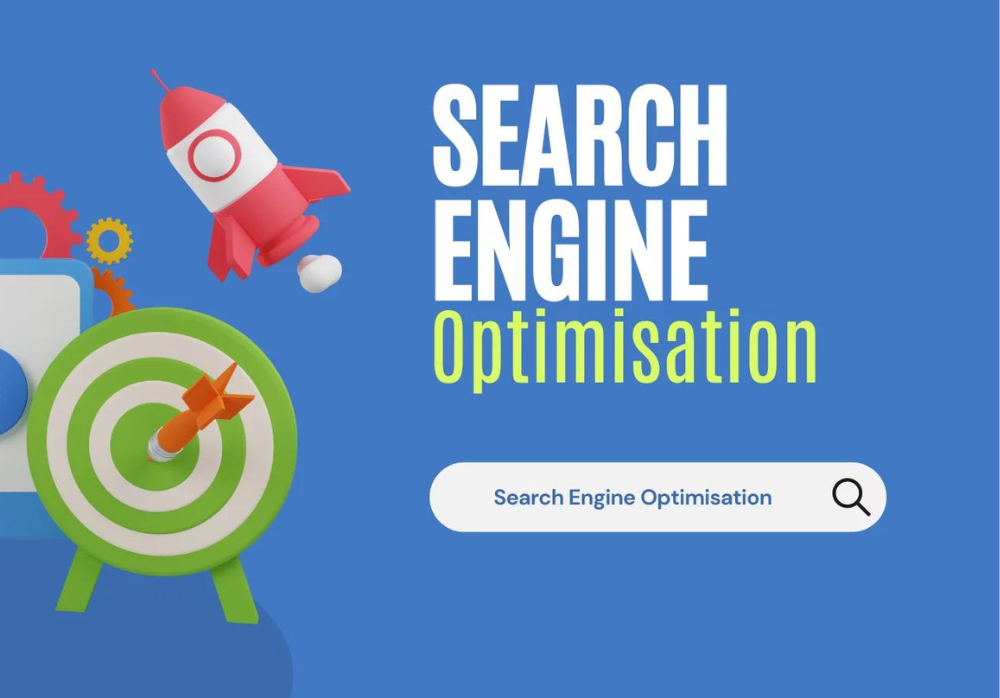Striking the Right Balance: A Guide to Avoiding Search Over-Optimization
While optimizing content for search engines is essential, the risk of over-optimization looms large. Google, in its guidelines, warns against harmful over-optimization that can lead to penalties. This guide explores the dangers of going too far and provides insights on achieving the delicate balance necessary for optimal results.
Hazards of Over-Optimization:
Excessive optimization can backfire, especially when it crosses into harmful over-optimization territory. Google’s Gary Illyes cautions against going overboard, as it can result in content being labeled as spam or not ranked at all. Two key pitfalls to avoid are keyword stuffing and building links with exact-match anchor text.
1.1 Steering Clear of Keyword Stuffing:
While incorporating keywords naturally is crucial, stuffing a page with keywords in an attempt to boost rankings can turn valuable content into spam. Google emphasizes that more keywords do not always lead to better rankings, citing instances where pages rank for keywords they don’t explicitly mention.
1.2 Diversifying Anchor Text in Link Building:
While anchor text is essential for conveying a page’s content, an excess of exact-match anchor text may signal manipulation to Google. Natural backlink profiles include various anchor text types, and a focus on diverse, natural anchor text is essential for a healthier link-building strategy.
Avoiding Time-Wasting Over-Optimization:
Beyond harmful practices, certain optimization efforts yield diminishing returns, resulting in time wasted on minimal improvements. Discerning where to focus energy for maximum impact is crucial.
2.1 Balancing Core Web Vitals Improvement:
Enhancing Core Web Vitals is beneficial for both user experience and search rankings. However, continuous efforts beyond a certain point may not align with the overall benefit. Striking a balance between improving user experience and optimizing efficiently is key.
2.2 Prioritizing Redirect Chain Fixes:
While fixing redirect chains is crucial, an obsession with every single one might be unnecessary. Google can follow up to 10 redirects before triggering an error, allowing for a reasonable focus on chains with five or more “hops” to ensure a positive user experience.
2.3 Strategic Meta Description and Title Tag Optimization:
While meta descriptions and title tags are vital for attracting clicks, optimizing every single one may not be the most strategic use of resources. Prioritize high-traffic pages that receive organic traffic, leveraging tools like Ahrefs Site Audit to identify pages that would benefit most from updates.
Conclusion:
Finding the right balance in optimization is paramount. If efforts feel excessive, fixated on minor details, or risk violating guidelines, a reevaluation is necessary. Over-optimization can hinder rather than enhance your content’s performance. Trust your instincts and focus on meaningful improvements aligned with overall goals.
Final Thoughts:
Effective optimization involves understanding when to optimize and when to let well-performing elements be. Quality content, a positive user experience, and strategic optimization efforts contribute more to search visibility than fixating on every detail.

